You Need an Allowance: How to Spend Money Without Feeling Guilty
When you give yourself an allowance, it’s more than just cash—you give yourself the freedom to spend without feeling guilty. Early on in my long journey back to financial health, my husband and I agreed that I would have an allowance—my own cash, a regular expense listed in our fledgling household budget. That changed everything for me.
It used to be that when I felt broke, I’d turn to my bevy of credit cards to chase away the feeling. As long as I could spend money, it felt like I had money. My credit cards were my antidepressants (and my eventual undoing).
Reluctantly, I’ll tell you that they did the job. But only for a short time and until the pleasant feeling vanished because I was feeling broke again and needed another fix.
The more I used my credit cards to prove to myself that I wasn’t really broke, the more debt I created—until finally, I couldn’t fake it any longer. The jig was up and I was a mess.
It took 13 years to get out of that horrible financial mess I got myself and my family into, but we did it (!) and in the process, I learned a very important lesson: Every person needs some amount of money they can call their own. You need an allowance even if you are in a tight financial situation.
My weekly allowance
At some point during my long journey back to financial health, my husband and I agreed that we’d put me on an allowance. Even though it was only something like $10 a week, that changed everything for me.
As long as I had my own money for splurges and it wasn’t money I was sneaking out of the household account in hopes that he wouldn’t find out, I didn’t feel broke. When I didn’t feel broke, I was much more willing to be frugal with the rest of our income. My change of attitude made all the difference.
Having an allowance lowers your anxiety and boosts your self-esteem, according to Kathleen Gurney, Ph.D., founder of the Financial Psychology Corporation, where she counsels clients and specializes in the psychology of money management. “It makes you feel like you’re on top of things and in control.”
Gurney could not be more spot-on. That is exactly how my allowance worked—and continues to work for me.
When I would get my allowance, I’d figure out how I was going to use my money. What I was really doing was what I feared most: creating a budget.
RELATED: Money in the Bank Is the Reward for Frugality
Suddenly the idea of a budget for all of our expenses wasn’t scary anymore. Planning out my little allowance made spending intentional, not impulsive. The more I stuck with monitoring it and setting little goals, the better I felt.
If you’re ready to put yourself on a similar plan, here’s some firsthand advice.
How Much, How Often?
Step 1. Talk it over
If you’re married, bring up the subject with your spouse. My husband totally endorses my allowance. (He gets one, too.)
Determine what you’re going to spend it on. It should be just for you, so no groceries or household essentials like toothpaste or laundry detergent. Even clothing essentials should fall into the household budget and not come from your allowance. Your little stash is for your extras—a handbag that’s wildly expensive, lunch out with your friends.
Step 2: Decide on an amount
The best way to determine an amount is to go through your monthly expenses and tally up how much you need for emergency savings and committed expenses. What’s leftover is discretionary income. Your allowance should come out of that money and be a reasonable and realistic amount that works for you.
If you don’t have any money left over, it’s time to focus on where all your money is going. Some financial experts believe that if your household is not tracking its spending carefully, you’re losing at least 10 percent through “leakage”—money that’s just disappearing through inefficient management.
You know that old “I took $200 from the ATM and have only five bucks left. Where did it all go?”
Once you know where the leaks are coming from, fix them and use that found money for your allowance.
If money is really tight, consider taking some from a current variable expense like food. Then step up the challenge by eating out less, using more coupons and sticking to sales to reduce your food costs.
And make sure your allowance amount is truly reasonable. Too many people go on an austerity allowance—they go from frivolity to austerity. But that only sets you up to fail because you’re not going to stick with it. The amount you settle on should be somewhere in between.
Step 3: Set a schedule
You may want your allowance in one lump sum at the beginning of every month, which is what I do.
Or would you prefer smaller amounts weekly or biweekly? Know yourself.
Getting an allowance at the beginning of the month is great for women who can budget themselves. But if you’re more likely to spend it all in one day and feel poor for the rest of the month, pay yourself weekly.
No matter what you decide, when you know how much and how often, add it to your bill file. If you pay bills online, add yourself to the list of payees. There. Your allowance is now part of your budget.
Step 4: Choose cash or bank account
Cash is my choice—no hassles, no worries. Once I get it, I put it in an envelope that I keep in a secret place. If cash isn’t for you, set up a bank account with access via an ATM card. The benefit of doing it this way is that you’ll have a monthly statement showing where your money goes.
Make the Most of It
Once you’ve got the basics down, use your money to your best advantage by doing the following:
Keep track
If you just start spending your allowance without keeping track of where it goes, at least some of it is going to just disappear. (Remember, leakage.) You need a system.
If you’re keeping your allowance in an envelope, record your expenses on the back of the envelope. It’s free and easy.
Negotiate a raise
There have been times when I’ve taken a “pay cut” for a period of time as we’ve needed to tighten our household spending, but my allowance has grown over the years. My raises have been the result of systematic negotiation with my financial partner, my husband. If your allowance is a percentage of your take-home pay, tie the raise to when you get a raise at work. Or reward yourself with a small increase each time you pay down outstanding debt or score a big save on the weekly grocery shopping.
The more incentives you have to save money outside of your allowance, the faster it will grow.
RELATED: How to Give Yourself a $2,000 Raise in a Hurry
Budget
From time to time I’ve set up a little budget plan for my allowance. Once, I created a second envelope for my husband’s birthday. For months I put savings in that envelope so I could surprise him with a weekend away. It was great! I’ve set up other envelopes to save up for special things that cost more than I could afford in a single month.
Another way to budget is to use index cards. Think about your priorities and write one thing you really want on each card. Then place a dollar amount next to each item. Prioritize the stack of cards—now you know your goals and can figure out what you’ll have to budget to reach the first one. When you accomplish that goal, go on to the next.
RELATED: Trick Yourself Into Saving Money
The best thing about an allowance system: You’re the boss. You can spend it all now, put it away to buy something you really want later or give it to charity because you see a need greater than your own.
Supplement
Whenever I get a rebate, I put that money, no matter how small, into my allowance. Birthday money and bills I find in the pocket of a coat I haven’t worn for a long time go into my stash, too. And at my house she who finds the money in the laundry keeps the money. It’s amazing how many little ways I find money, now that I’m really looking.
Don’t cheat
This whole idea only works if you commit to being 100 percent honest. If you start sneaking money away from places you’re not supposed to, you’re just hurting yourself.
Reap the Benefits
Freedom
Even if you’re in a tight financial situation, an allowance gives you the freedom to spend without feeling guilty.
Fun
Now that you have discretionary money, you’ve built some fun into the household budget. It’s a reasonable way to spend money on “wants” like new makeup or concert tickets while still sticking to a strict budget.
A safety net
No more major financial crises. So what if you blow your allowance on shoes? You’ve done no harm in the big scheme of things, and next month you can just buckle down to re-build your stash.
Confidence
Sticking to your allowance makes you feel proud. It shows you that you’re able to honor your commitments.

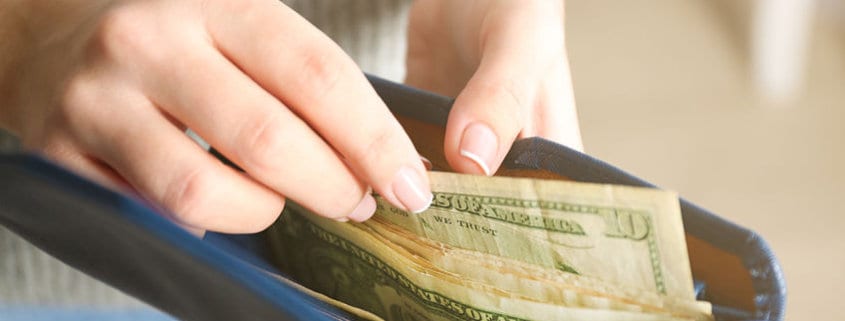



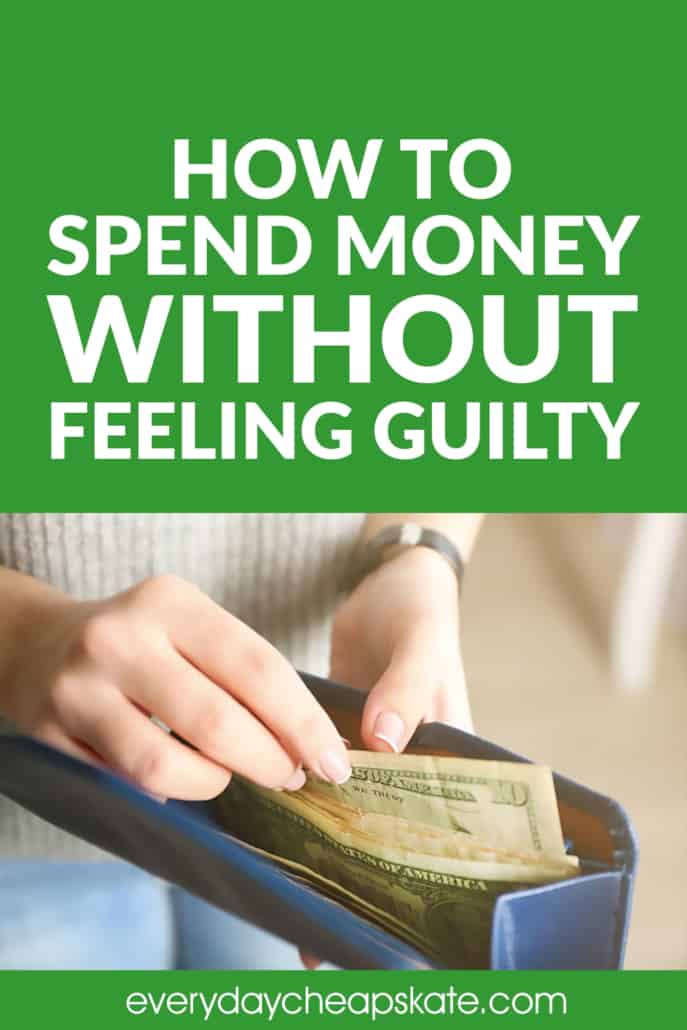





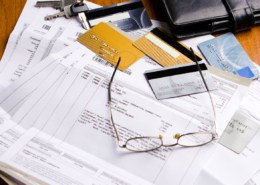

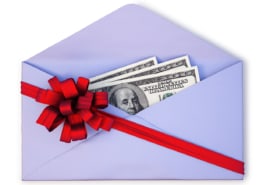
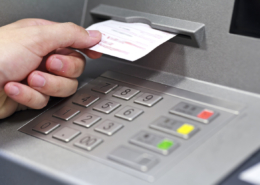



I’ve been giving myself a weekly allowance since I started on my no debt journey. I was very late to the game of savings due to credit card debt. I save loose change which I take to the bank when the piggy bank is full, about 1X a year. Any rebate checks or unexpected $ goes into this account. I go to the bank every week to take out $$ for groceries, gas and spending like lunch and dinner out. I have noticed prices going up. It’s a challenge to constantly keep expenses down.
I’ve been to these gift card sites before and today I looked at Raise and it was no different. Only a few cents off for each gift card. Not worth the effort.
Same here. Plus I didn’t get gift cards from Raise. I got what looked like store refund cards when returns are made without a receipt. Made me wonder if they were stolen goods. One card was really grimey.